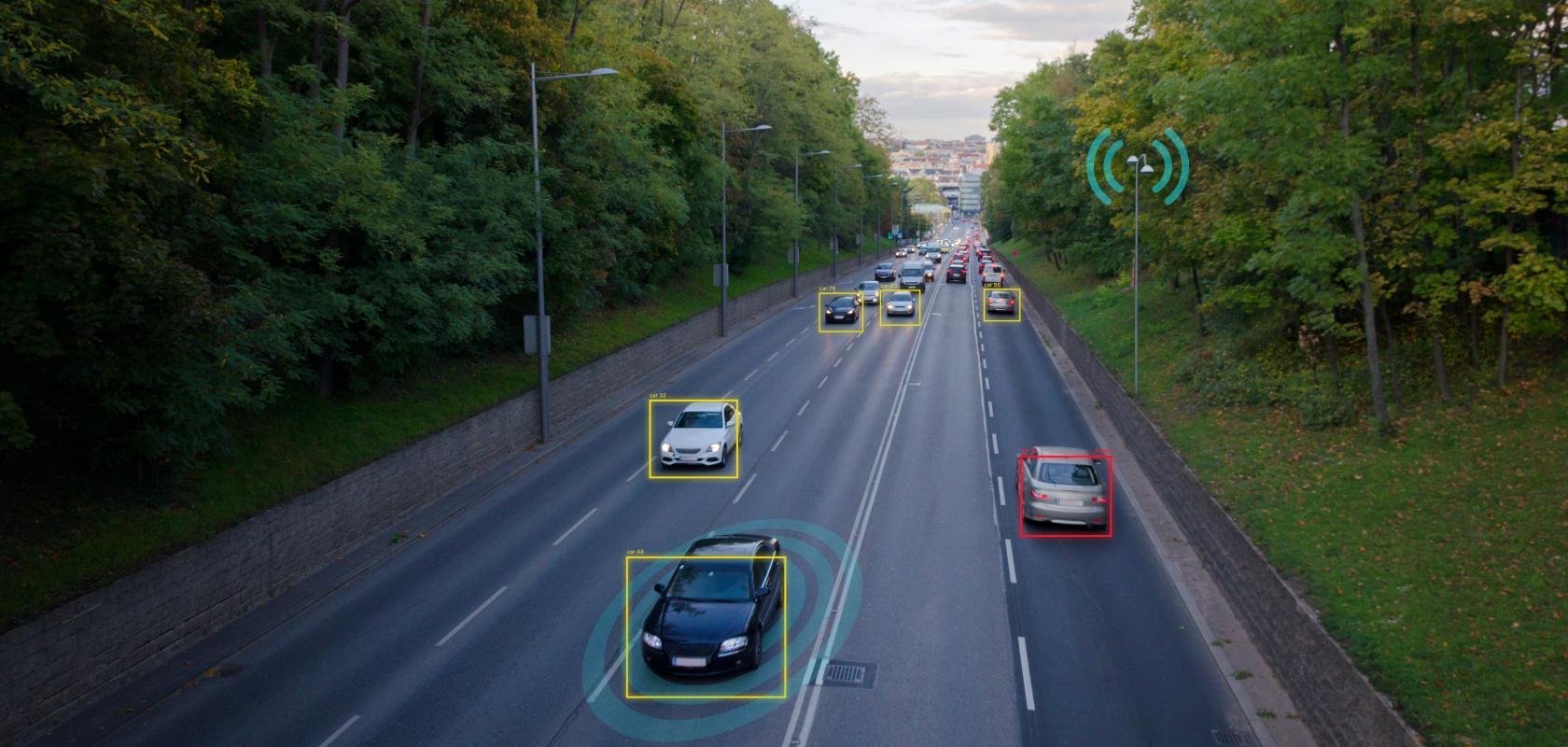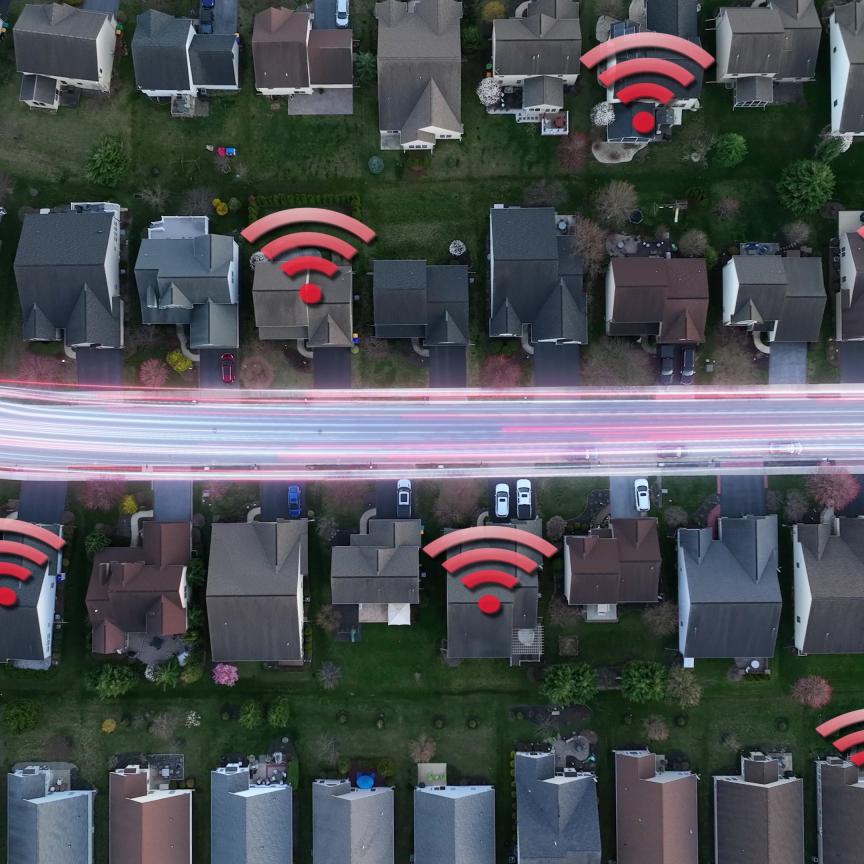NEC and NTT have devised a connection configuration to add optical fibre sensing functions to the IOWN All-Photonics Network (APN). By applying this configuration to multiple routes of optical fibre for communication already laid underground (in the service area of NTT WEST in Osaka City), the companies demonstrated that it is possible to grasp area-wide traffic trends using optical fibre sensing and to visualise and analyse traffic conditions in real-time.
Optical fiber sensing in combination with the "Innovative Optical and Wireless Network" (IOWN) APN enables low-cost, prompt, and flexible expansion of urban monitoring across a wide area. In the future, they plan to promote R&D and co-creation activities toward the establishment of more advanced optical fibre sensing that will contribute to solving social and regional issues by implementing optical fibre sensing in society and exploring usage scenarios based on these results.
The combination of NTT's IWON and optical fibre sensing enables advanced data analysis by taking advantage of the high-speed transfer of large amounts of data by APN. The companies also demonstrated that by using the optical path selection function of the APN-Gateway (APN-G) 2, a single optical fibre sensing device can measure multiple existing communication optical fibres connected to APN-G. This can be implmented to enable low-cost and flexible urban monitoring across a wide plane.
Optical fibre sensing, which enables the use of optical fibre for communication as a sensor, can be used for a varuety of use cases, including detecting construction vibration, supporting road snow removal decision-making, and improving the efficiency of communication facility maintenance and operation progress.
Based on this initial demonstration, the companies plan to continue developing the optical fibre sensing market using APNs, collaborating with other organisations, including discussions at the IOWN Global Forum. NTT also plans to expand the usage of APNs, in addition to encouraging the adoption of wide-area urban monitoring, which enables flexible sensing at arbitrary locations as long as it is connected with optical fibre and does not require the installation and construction of permanent outdoor devices.
In the future, NTT will promote R&D and co-creation activities aimed at addressing social and regional issues through the social implementation of optical fibre sensing. This will include a range of applications in urban monitoring, such as infrastructure monitoring, disaster prevention, and the realisation of infrastructure design that incorporates nature in urban planning.


